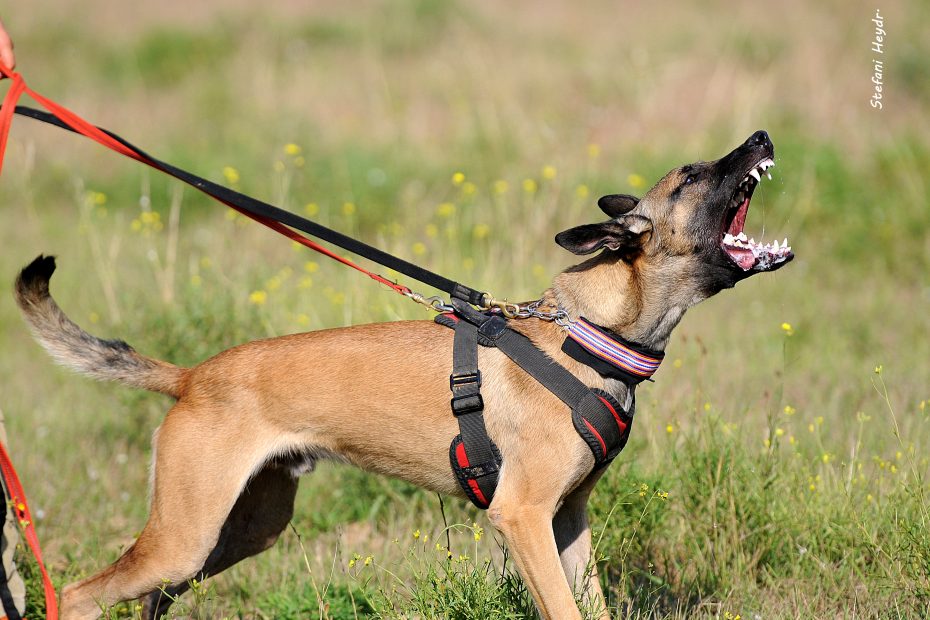This question is often heard from both beginners and those who already have more than one dog. There is a common belief that a dog should have a childhood similar to that of a child. Many ordinary people look disapprovingly at puppies in the hands of professionals who can perform many exercises and skills at a very young age. Is this really true? Let’s debunk the myths:
Myth 1: You should start training after the age of one.
Often, dog owners believe that a puppy should play and gain strength before engaging in training. In reality, while our rascal enjoys childhood, habits and behavior style in the family and on the street are being formed. By not educating it during this time, you contribute to the consolidation of incorrect behavior. The dog cannot find the right way to channel its energy, which it has a lot of in its childhood, and starts directing it wherever it can—chewing furniture, chasing other dogs and cats, biting clothes, barking for no reason. The longer you allow the puppy to behave like this, the harder and longer it will take to change already formed habits. It is more reasonable and easier to establish correct habits from the first days when a new family member appears in our home. Therefore, it is wise to contact a future trainer before the dog arrives and get recommendations for raising a puppy and a schedule for attending classes.
Myth 2: Protection training should only be done after completing an obedience course.
Certainly, before a dog learns to attack, the owner must have tools to control its behavior. But protection training begins with teaching the correct grip, attack, and obedience to the handler’s commands. And while the dog is still young, this is done in a playful way. By the time the dog becomes stronger and can really attack, it will already know how to cope with stress, how to express its instincts, and when to listen to the owner’s commands to stop. If you let the maturation process flow on its own, many dogs will find it difficult to start expressing instincts that have been suppressed for a long time. Others may find it difficult to learn to control their aggression. Therefore, it is advisable to start protection training either simultaneously with obedience training or after changing teeth when the grip does not cause discomfort and the prey instinct manifests sufficiently to build initial exercises upon.
Myth 3: It’s too late to go to the training ground with an adult dog.
Of course, it is easier to teach a puppy to behave according to certain rules than an adult dog whose behavior style and attitude to the owner’s commands have already formed. But proper training, where the instructor will teach to reveal the abilities of four-legged students, will always benefit both the dog and the owner.
Myth 4: We will first complete the household obedience course, then engage in sports training.
Often, platforms specializing in household training use not very correct methods. To achieve quick results, a lot of correction is used with young dogs. As a result, the dog becomes obedient, calmer, and more responsive to the handler’s commands. However, this can lead to the dog’s passivity and the execution of commands slowly and without much interest, which will not look good in sports. Such a dog, with a firmly established negative experience, is very difficult to open up and learn to love training. It is often impossible to achieve the required state for sports.
Myth 5: We will pass the diploma tests first, then prepare for competitions.
Training a dog involves forming specific dynamic stereotypes in response to various commands from the trainer. Often, many repetitions are required to hone certain skills to the level required to receive a high score, which can take years of regular training. When people want to quickly pass tests to have a training diploma, there is no time to hone skills. The main thing at this point is for the dog to perform all the exercises required in the normative. The speed of preparation is paid with the quality and beauty of the dog’s work. When the long-awaited diploma is obtained, many skills often need to be relearned if there is a desire to compete, and the path to competitions is often longer than if the dog had been trained meticulously from the beginning.
